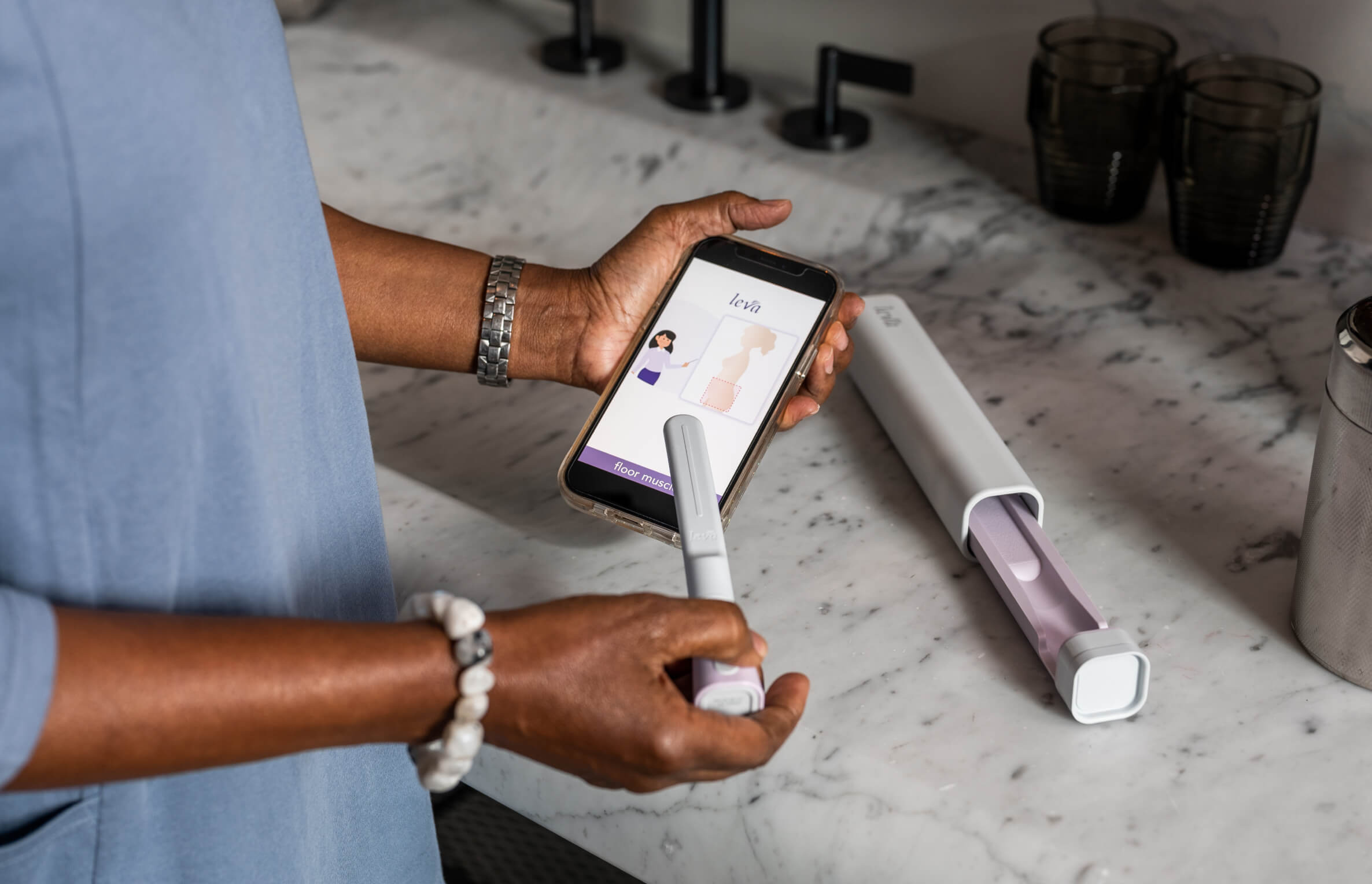
US-based Axena Health has introduced a pelvic floor muscle training (PMFT) device to help women who have chronic faecal incontinence (FI).
Acquired from Renovia by Axena, the Leva Pelvic Health System was originally cleared by the US Food and Drug Administration (FDA) to help with stress, mixed and mild-to-moderate urinary incontinence (UI).

Discover B2B Marketing That Performs
Combine business intelligence and editorial excellence to reach engaged professionals across 36 leading media platforms.
Following further indication clearance by the FDA in 2022, the prescription medical device offers a drug-free treatment option to help with FI, a condition that often goes unreported due to its stigma.
Though effective, PMFT can be hard to perform correctly. The at-home device guides women through PFMT using vaginal biofeedback and coaching support through the associated app.
By performing PMFT for five minutes a day, Axena Health says the device can help improve symptoms. A pilot study demonstrated that women who used the system for ten weeks achieved symptom improvement.
Harvard Medical School gynaecology and reproductive biology associate professor and pilot study investigator Dr Milena Weinstein said: “Treatment options [for faecal incontinence] are very limited, leaving many women to endure symptoms silently. In our study, we showed that the Leva System had the potential to improve faecal incontinence symptoms, which gives both clinicians and women an easy, practical way to access first-line treatment.”

US Tariffs are shifting - will you react or anticipate?
Don’t let policy changes catch you off guard. Stay proactive with real-time data and expert analysis.
By GlobalData“I and the study authors continue to advance the data supporting the Leva System’s treatment efficacy for FI, as well as the data supporting its efficacy for UI. As these conditions often co-occur, a single, non-invasive treatment option for both could offer significant benefits for patients and clinicians.”





